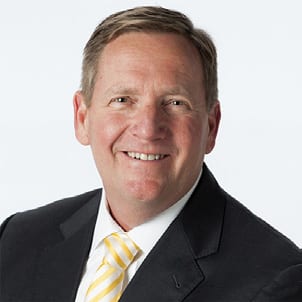I posted bundled pricing for all of the procedures performed at the Surgery Center of Oklahoma almost a decade ago and have learned many lessons. Here are 10 of them.
- Single-payer or “Medicare for all” socialized systems are predictable failures. Lesson #1 is self-evident as the first patients to take advantage of our online pricing were Canadians. These patients – victims of predictable bureaucratic rationing – had discovered that the only single payer upon whom they could rely was themselves.
- Domestic patients are willing to travel. Patients have traveled for years within the United States to secure specialty care of all kinds. This willingness to travel is primarily due to perceived differences in quality. A quality facility that also provides value pricing can very effectively attract patients from all over the country, particularly those who are paying the entire bill. Patients from all 50 states travel to our facility for their care.
- Insurance carriers do not value high-quality or reasonable pricing. No carriers want or have ever wanted to work with our facility. While this sounds paradoxical, our transparent pricing denies the carriers the ability to skim the transaction (securing a portion of the fictitious discounts they apply to claims for themselves). When a $100,000 bill is “discounted” to $20,000, an employer group, for instance, pays a commission to the carrier for the $80,000 “saved.” Working with our facility represents an opportunity foregone for the carriers due to our price posting.
- True market pricing can never be imposed on those providing the medical service. Market prices emerge from a competitive environment and fluctuate continuously, sending appropriate signals to buyers and sellers in the marketplace. Imposed prices are always wrong – either too high or too low – resulting in predictable surpluses or shortages of care.
- Transparently priced medical service models are not for everyone. Fastidious and inefficient surgeons, for instance, do not fare well in an environment containing low-maintenance and efficient competitors. Surgeons with unusually high implant use or those involved in fee-sharing arrangements with implant manufacturers also do not fare well in a transparent and competitive environment. Market discipline, when allowed to function, cleanses the market of the inefficient, incompetent and unethical.
- Supply and equipment representatives are more price accountable in a cash-based environment. Abusive pricing practices by a vendor that might repel buyers results in the exclusion of that vendor from the facility. Deducting the abusive overcharges of implant reps from a surgeon’s professional fees (in order to stay true to our advertised and online prices) has been an effective way to keep implant charges in check.
- Patients save 50% to 90% at our facility compared to their next best price at a non-cash-based facility. Self-funded employers save $1,000 to $3,000 per employee per year by carving outpatient surgical services out of their self-funded plans and purchasing through direct contracts. This move eliminates carrier payment-skimming practices. Waiving all out-of-pocket expenses for employees paradoxically provides the greatest savings to employers as the employees are more likely to patronize the cash-based, “no-out-of-pocket” option. Physician-owned facilities have the greatest opportunity to thrive in a cash-based environment as this model allows for the disintermediation of the process, eliminating the abusive institutional charges typically inflicted on the buyer.
- Paying patients are the happiest patients. Cash buyers have done their homework about the doctors, facilities and prices. The “too-good-to-be-true” skepticism harbored by many patients quickly transforms into a gratitude that is fulfilling to all the members of the team.
- Cash-based facilities work well together. While insurance carriers and hospital systems typically function as an anticompetitive cartel and represent the enemy to independent facilities, cash-based facilities work well together and coordinate with each other, as the synergies provided to various buyers are enhanced with this cooperation.
- Patients are savvy. There are two economic models of care delivery in the United States: one seeks to maximize revenue and the other – the growing, market-based model – seeks to maximize the delivery of value. Buyers in the marketplace know the difference and exhibit extreme loyalty to facilities and physicians who have abandoned their price-gouging ways.
Dr. Keith Smith
This article was recently published in the ASC Physician Focus Fall/Winter 2018 Newsletter. Read the entire publication.

